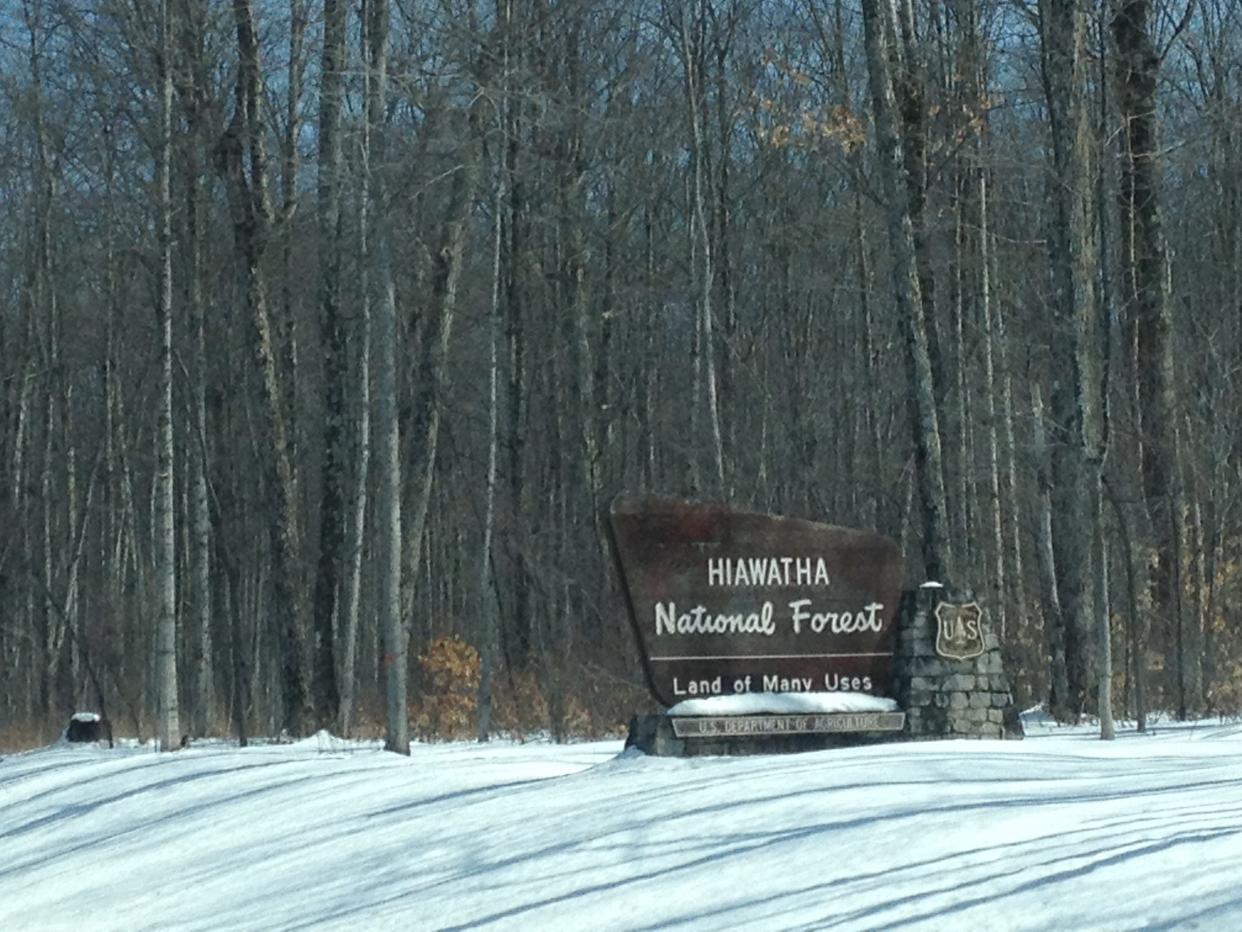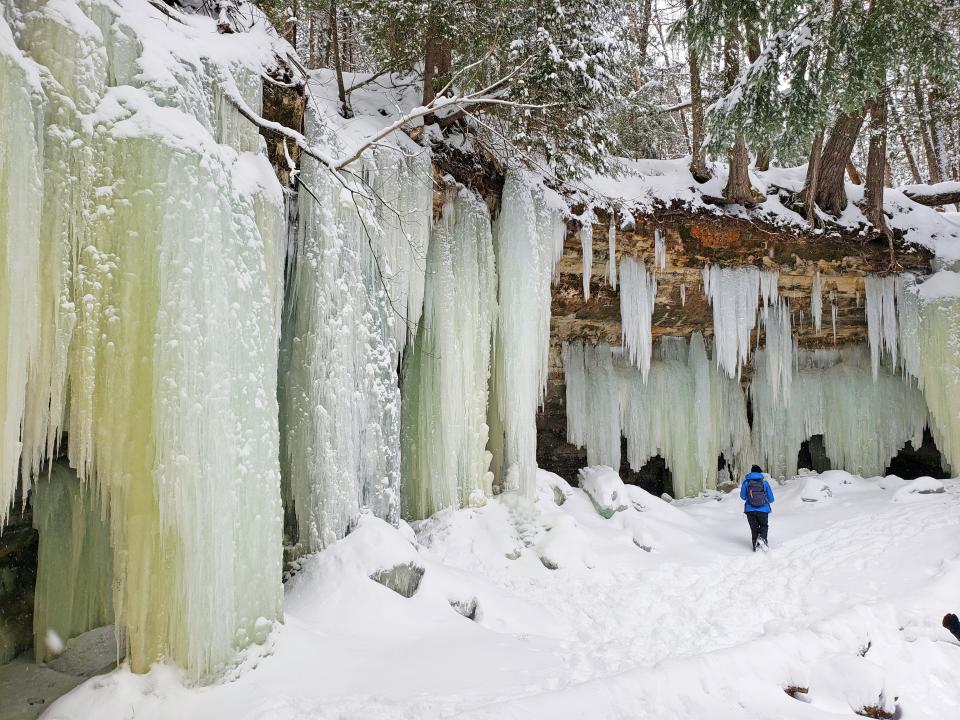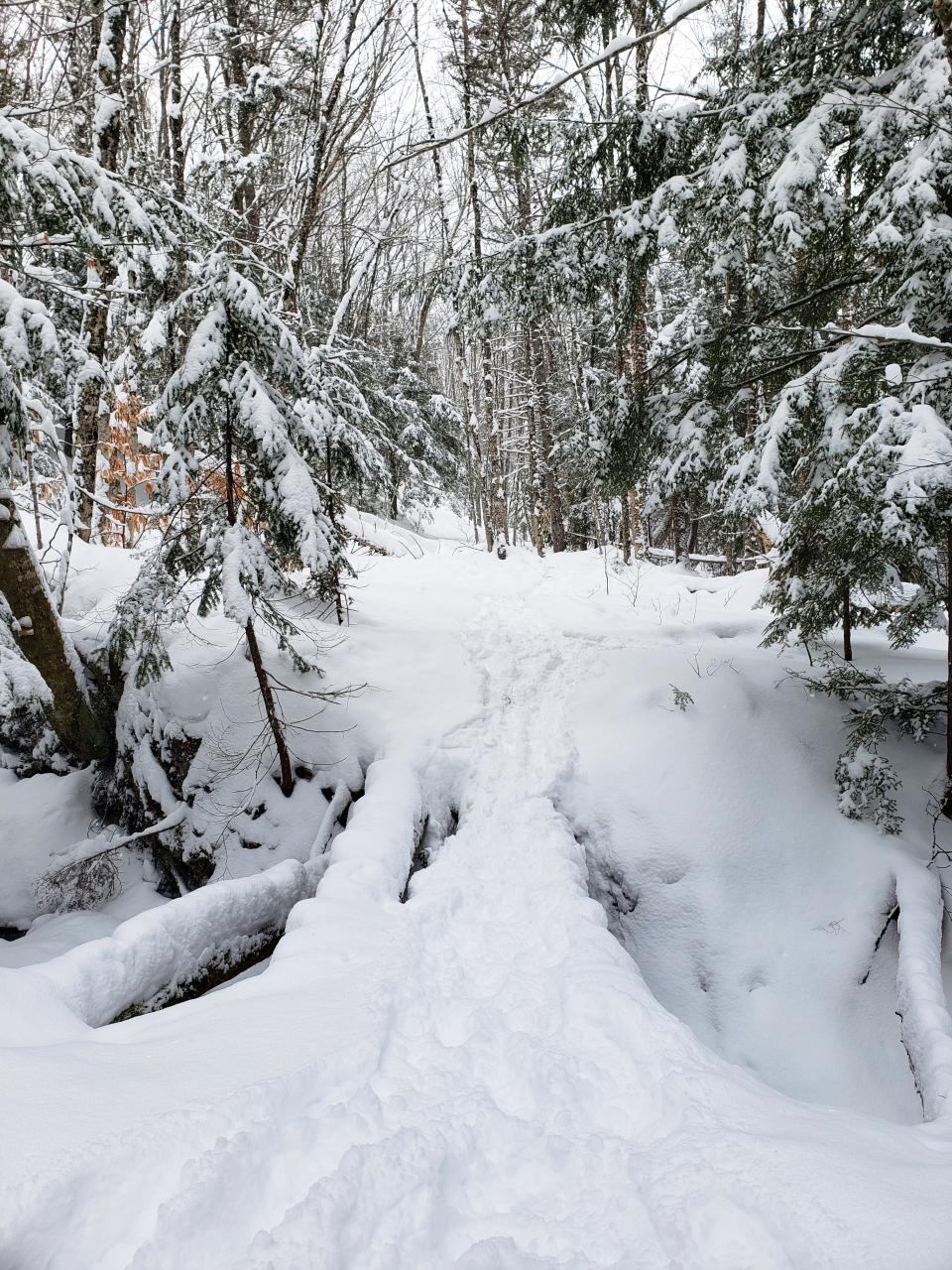Sault tribe partners with Hiawatha National Forest to study ecosystem impacts

SAULT STE. MARIE — The Sault Tribe of Chippewa Indians has partnered together with the Hiawatha National Forest Service in an effort to better protect the forest.
Using a combination of forestry science and tribal historical context, the two groups think that by working together, they can help the forest thrive.
The Tribal Forest Protection Act Proposal allows the tribe to participate in helping protect boreal forest ecosystems in the Upper Peninsula. Boreal forest ecosystems are forested areas in northern regions of the United States and Canada and usually have large animal populations in the winter months, which can make them particularly vulnerable to climate change.
The Hiawatha National Forest covers about 900,000 acres of forest area that was the home of several Native American tribes for thousands of years, including the Anishinaabe people. The modern descendants of the Anishinaabe tribes include the Sault tribe and other Michigan-based tribes, and the wisdom that was cultivated by the ancient Native Americans has been passed down to the modern day.
“Our ancestors have lived on these lands for thousands of years, so we’re glad to be able to combine generations of traditional local knowledge with forestry management science,” said Sault Tribe Chairman Austin Lowes in a statement.

Subscribe: Get unlimited access to our content
It's believed that by using Native American knowledge, along with science and data, the groups can help provide a better overview of the health of the forest.
"From a western science mindset, we might look at data a lot but there's also narrative information, these stories from history, that we wouldn't necessarily bring into a data," said Hiawatha National Forest Public Affairs Officer Janel Crooks.

As an example, modern forestry science can predict a lot of things, but may not always take into account every piece of historical data. The forestry service may want to facilitate a controlled burn in an area to help that patch of the forest regrow in a healthy way, but historical context from the tribe may better be able to predict the impact a fire could have on game in that area.
"There might be nuances to any scenario, if we burn in these conditions, it might be better for blueberry picking, but maybe that has an affect on a local game species that we haven't considered," said Crooks. "There may be data points we can't consider that can be provided with context."
The tribe would also participate in projects such as conducting vegetation monitoring assessments for key species. The combined team of tribal and forest service staff will compile field data, develop statistical models, compare the expected fire effects with what's observed in the field and compare that information with context on how well those species have survived in the past.
The partnership, which went into effect April 5, includes a $364,000 investment from the United States Department of Agriculture to help facilitate the partnership between the two organizations.
Hiawatha forestry service scientists are working together with tribal scientists and historians on coordinated burn projects to help the health of the forest overall. While there is no tribal board connected to the Hiawatha Forest Service, the two groups will be working together on this and more projects going forward.
— Contact Brendan Wiesner: BWiesner@Sooeveningnews.com
This article originally appeared on The Sault News: Sault tribe partners with Hiawatha National Forest to study ecosystem impacts

